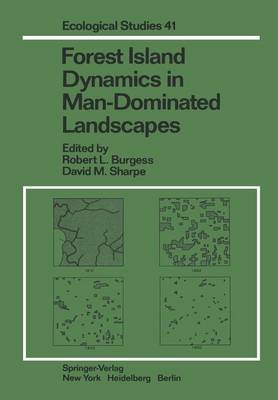by the authors. This beach-head is only one of several which have recently been made in landscape ecology, striving to invade and occupy a fairly new territory on the map of science. This volume's editors and collaborators made another landing in analysis of space-time patterns of forest islands. Their contribution to the First International Conference on Landscape Ecology (3) and some related analyses (4, 5, 6, 7, 8) expressed the amount of area of a given landscape type as a function of rates of income minus rates of loss in simulation models for land use and cover change. Such models of landscape change as a Markov process complement others of ecological succession for replacement of one species by another (9, 10, 11, 12), and for competition in the growth and survival of individuals while competing for limited resources on a plot "island" in a "sea" of mixed landscape terrain (9, 13). Further analysis of the meaning of terrain and the geologic and soil boundary conditions which constrain ecosystem equations is provided by George Bowen's recent thesis (14) analyzing forest island pattern in Ohio. Percent cover of forest and a density parameter (number of islands per unit area) or else a dissection index for the glaciated and (rougher) unglaciated terrain embodied much of the pattern information that was expressed more abstractly in a factor analysis.
- ISBN13 9780387905846
- Publish Date 11 November 1981
- Publish Status Active
- Publish Country US
- Imprint Springer-Verlag New York Inc.
- Edition 1981 ed.
- Format Paperback
- Pages 311
- Language English
